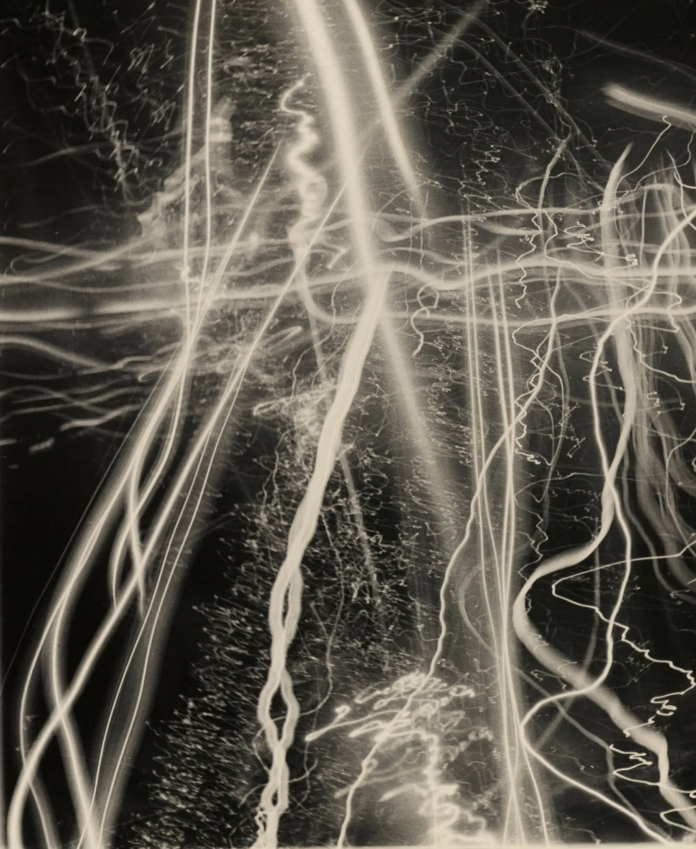From The New York Times:
“But contemporary science, as today’s best artists already understand, is neither an objective truth machine nor a western colonial conspiracy. It’s a human endeavor, which works best when it aims at the refinement of earlier knowledge and worst when it purports to answer things once and for all. That human understanding is what has recently led Pierre Huyghe, in exhibitions in Venice and Seoul, to apply the latest neuroscience into his visual vocabulary, and Torkwase Dyson to integrate new climate research into her sculptural practice. It’s why painters like Laura Owens and Jacqueline Humphries adopt digital technologies of image compression and distortion when they turn to the canvas. That humanity is no less valid in the laboratories. The neuroscientists aiming to demystify consciousness, the quantum researchers who isolated a “God particle,” and the genomists troubling the frontiers of life span are broaching questions only a poet can truly answer.

Because when it comes to science, art can go to extremes: It is either too credulous or too skeptical. In one corner are the hustlers who keep promising “an intersection of art and technology,” lately typified by the kitsch debacles of the N.F.T. boom and bust or the dopey image engines of A.I. In the other are the mystics who caricature the scientific method as an instrument of oppression, and celebrate art as the province of alternative facts. These are twin problems with a common derivation — one that Keats, looking up at his rainbow, would have recognized. Art and science have become bare synonyms for imagination and reasoning. But both modes of inquiry require both modes of thinking.”
The Intersection of Art and Science
As the article claims, and I believe, art and science cannot exist in any way without each other. There will be no art without science, and no science without art, they are completely co-dependent. Arts nature of drawing inspiration from the real world, and that real world being made by scientific processes, means that no matter what limit art is pushed to it will always take root in something scientific. Just as science is a creative endeavor, we cannot answer a hypothesis if we cannot ask ourselves and each other questions about the world around us which is an art in its own way. This article does an excellent job going deeper in to the subject with specific examples of scientists creative aspirations, and artists scientific view of the world.
Application to Design
If we want to obsess over the intersection of two abstract topics, design in the place to do it. Design can and will act as a middle ground between any number of abstract topics, it is everything around us, the way we act, and the way we think. All forms of design process are scientific, and all forms of design process are art. Analysis like this only allows us a better idea of identifying our inspirations and affects. We should be conscious of these two worlds of art and science as we work and create, and hopefully design a better world where the two meet.




